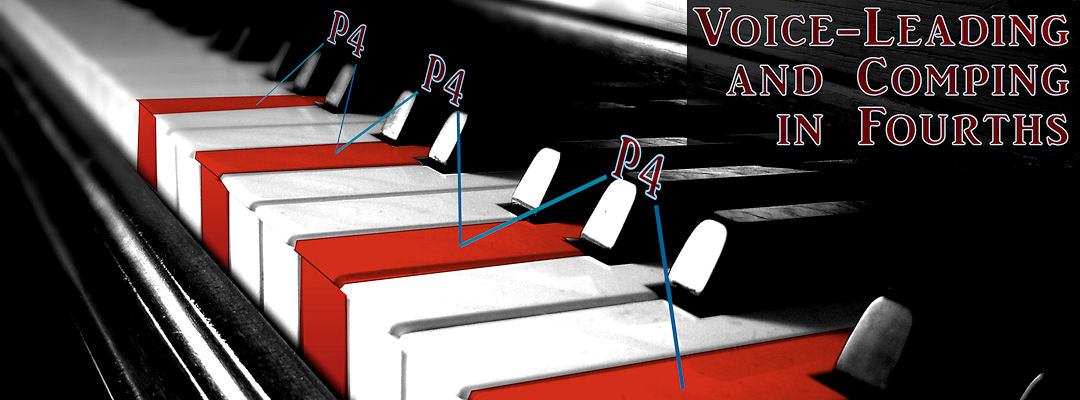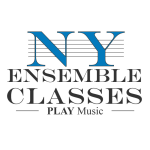
A More Modern Approach to Comping
Hi there, this is a simple but super effective way of organizing voicings to get access to quick, solid voice-leading and to achieve a more modern approach to comping. This ‘sound’ has been popularized by Bill Evans, Herbie Hancock, McCoy Tyner and Chick Corea, among many others, and has become a staple for modern accompanists. This works great for piano, guitar, vibes etc, but really is applicable for all instruments!
Let’s begin with this classic exercise which uses alternating minor 6 chords and diminished chords to voice-lead through a minor scale.
Here it is on the piano:
You can see that we’re alternating between just two chords, but inverting them as we ascend the scale. We’re essentially moving between Cm and G7 over and over as each dominant chord resolves nicely to the minor. It’s important to practice this descending as well!
Now we’re going to replace our Cm6 chord, with some modal voicings in 4ths:
We’re also going to replace our diminished chord with this classic dominant voicing which is derived from the symmetrical diminished scale. Notice how it’s the same voicing, just moved up in minor thirds as we go, just like a diminished chord.
Now we’re simply going to alternate between them as in our first exercise, and voila, instant voice-leading!
and here that is on the piano:
You now have four great sounding resolutions from G7 to Cm7, which can be used either ‘modally’ or as that progression arises during the course of playing through tunes. It’s essential that this be learned in all 12 keys, so you’re prepared for every time you have a V7 to i- come up!
It’s also very important to note that this also works perfectly as Bb7 and EbMaj7 too! As Eb is the relative major to Cm, you also have terrific voicings for a normal V7 to I resolution as well. So in learning this in all 12 keys, you actually are quickly prepared for nearly all settings, with solid, pretty resolutions and great voice-leading. It doesn’t take long to get under the fingers, and it can be a really powerful tool for working your way through tunes, and accessing this great sound behind soloists.
I hope you’ve found this helpful, and happy studying!
Julian
_________
NY Ensemble Classes is a jazz school located in New York City, in the heart of Manhattan. We teach ensemble classes in a very special way, like no one else in the city, read more!









